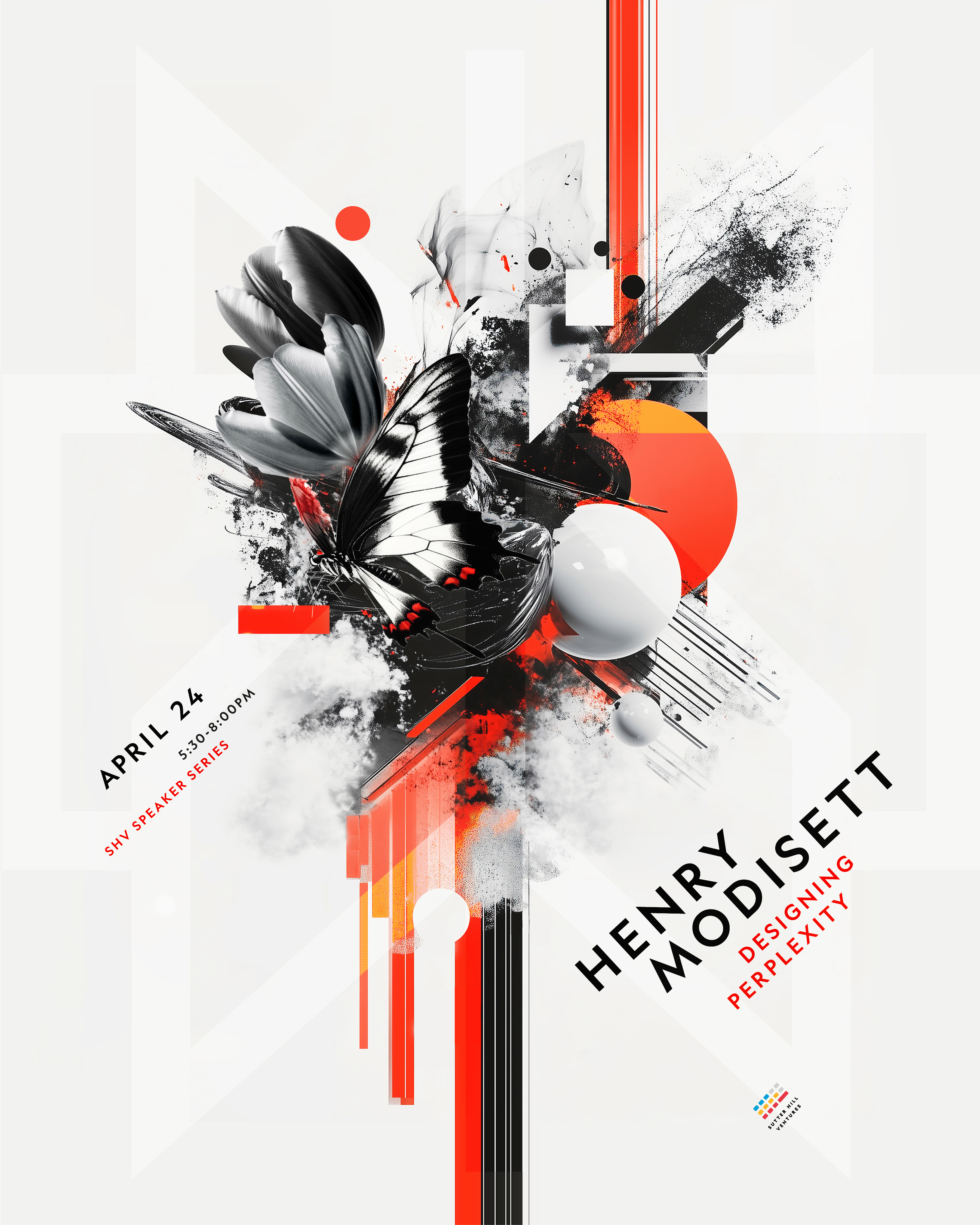In his AI Speaker Series presentation at Sutter Hill Ventures, Henry Modisett, Head of Design at Perplexity, shared insights on designing AI products and the evolving role of designers in this new landscape. Here's my notes from his talk:
- Technological innovation is outpacing our ability to thoughtfully apply it
- We're experiencing a "macro novelty effect" where people are either experiencing AI for the first time or rejecting it based on preconceptions
- Most software will evolve to contain AI components, similar to how most software now has internet connectivity
- New product paradigms are emerging that don't fit traditional software design wisdom
- There's a significant amount of relearning required for engineers and designers in the AI era
- The industry is experiencing rapid change with companies only being "two or three weeks ahead of each other"
- AI products that defy conventional wisdom are gaining daily usage
- Successful AI products often "boil the ocean" by building everything at once, contrary to traditional startup advice
Design Challenges Before AI
- Before AI, two of the hardest design problems were complexity management (organizing many features) and dynamic experiences (like email or ranked feeds)
- Complexity Management: Designing interfaces that remain intuitive despite growing feature sets
- Dynamic Experiences: Creating systems where every user has a different experience (like Gmail)
- Machine Learning Interfaces: Designing for recommendation systems where the UI primarily exists to collect signals for ranking
New Design Challenges with AI
- Designing based on trajectory: creating experiences that anticipate how technology will improve. Many AI projects begin without knowing if they'll work technically
- Speed is the most important facet of user experience, but many AI products work slowly
- Building AI products is comparable to urban planning, with unpredictability from both users and the AI itself
- Designing for non-deterministic outcomes from both users and AI
- Deciding when to anthropomorphize AI and when to treat it as a tool. "If your fork said 'bon appétit' every time you picked it up, people would get sick of that
- Traditional PRD > Design > Engineering > Ship process no longer works
- New approach: Strategic conversation > Get anything working > Prune possibilities > Design > Ship > Observe
- "Prototype to productize" rather than "design to build"
- Designers need to work directly with the actual product, not just mockups. At Perplexity, designers and engineers collaborate directly on prompting as a programming language.
- Product mechanics (how it works) matter more than UI aesthetics. This comes from game design thinking: mechanics > dynamics > aesthetics
- AI allows for abstracting complexity away from users, providing power through simple interfaces Natural language interfaces can make powerful capabilities accessible
- But natural language isn't always the most efficient input method (precision)
- Discoverability: How do users know what the product can do?
- Make opinionated products that clearly communicate their value. The best software comes when people with strong opinions on how it should work are working directly on the code.
